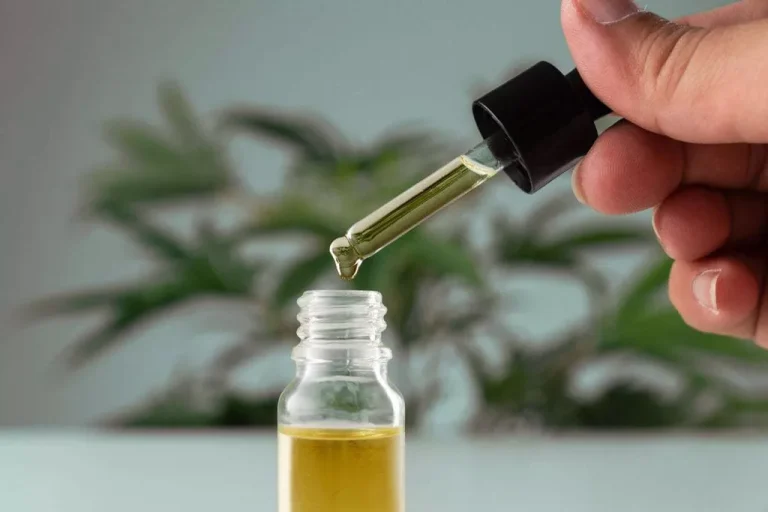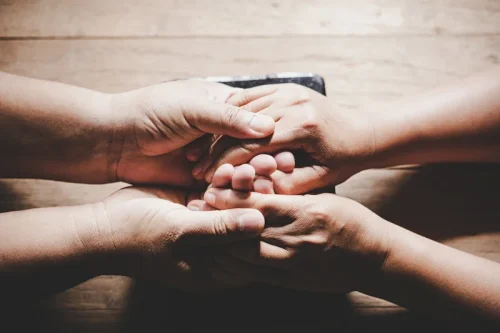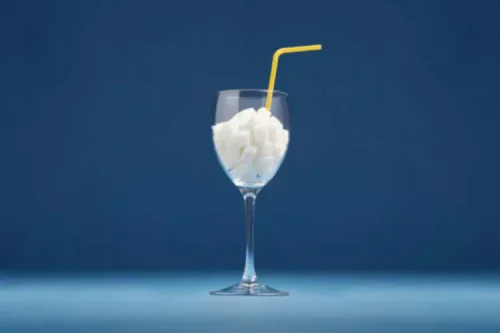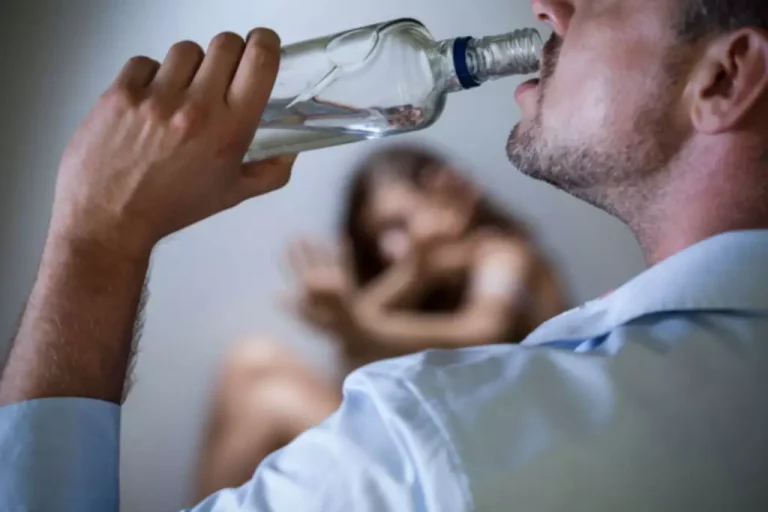
Acamprosate (Campral) eases withdrawal symptoms — such as insomnia, anxiety, restlessness, and feeling blue — that can last for months after you stop drinking. When you drink alcohol while taking naltrexone, you can feel drunk, but you won’t feel the pleasure that usually comes with it. “You’re trying to make that relationship with alcohol have no rewards,” Holt says. This drug may be a good choice when someone has gotten an ultimatum from their family, an employer, or the legal system about their alcohol misuse. “You can commit to taking Antabuse every day while the other person watches,” he says. Research shows people who have a supportive social network are more likely to remain alcohol-free after withdrawal.
Terms of Service apply.
Participants not only find emotional backup but also gain practical insights and strategies from those on the same journey. Distraction can be a useful tool to help a person manage how to stop alcohol cravings in the moment. Finding alternative activities to refocus the brain can allow the craving to pass. Staying hydrated is also crucial, as dehydration can lead to fatigue and mood imbalances, which may increase alcohol cravings.
FAQ About Alcohol Cravings
Alcohol misuse can alter the balance of certain chemicals in the brain, such as dopamine, which regulates pleasure and reward. How you achieve that behavior change can vary from one person to another. For others, regular follow-up with their primary doctor should be enough and can work, Holt says. “It can be 30- to 60-day abstinence rates, fewer heavy-drinking days, cutting back on total number of drinks, or even fewer [alcohol-related] ER visits.” Three drugs have FDA approval for alcohol use disorder, and each works differently. However, try not to have too many firm expectations, as symptoms can continue for multiple weeks in some people.

Crafting a Plan to Curb Our Cravings for Alcohol
- A health care provider might ask the following questions to assess a person’s symptoms.
- Family and friends can provide encouragement and support when you stop drinking.
- From there, you may need social support, consistent self-care, and new routines that can help redirect your mind.
- Your health care provider or mental health provider will ask additional questions based on your responses, symptoms and needs.
Exploring, in writing, what you find difficult and when you most want to drink can help you notice patterns that offer more insight into your alcohol use. Alcohol use disorder develops when you drink so much that chemical changes in the brain occur. These changes increase the pleasurable feelings you get when you drink alcohol.

Below we discuss 10 tried and true methods that help people manage drug and alcohol cravings. Your doctor or healthcare provider can diagnose alcohol use disorder. They’ll do a physical exam and ask you questions about your drinking habits. Many people with AUD do recover, but setbacks are common among people in treatment.

If you don’t already have a supportive network, you can make new connections by joining social media communities dedicated to alcohol-free living. Individuals should be prepared to be uncomfortable during this period and have medical help available if needed. This is the period in which delirium tremens is most likely to occur, which requires immediate medical attention. This process temporarily restores https://ecosoberhouse.com/ homeostasis, or chemical balance, in an effort to counteract the impact of long-term alcohol use on the brain. Priory is currently offering 10% off private self-pay addiction inpatient treatment, for admissions until 30th September inclusive. Our trained advisors can discuss your concerns in complete confidence, explore options for treatment, and help you to understand what will work best for you.
- Who hasn’t experienced a craving for something salty or sweet when trying to eat healthier?
- It was developed by Joseph Gerstein, M.D., a co-founder of SMART Recovery (and a good friend of mine).
Cravings and alcohol use disorder

- They rear their intrusive heads in moments of vulnerability, sabotaging your well-intentioned journey towards an alcohol-free life.
- If you feel comfortable doing so, discuss your challenges with your primary healthcare professional.
- This disorder also involves having to drink more to get the same effect or having withdrawal symptoms when you rapidly decrease or stop drinking.
